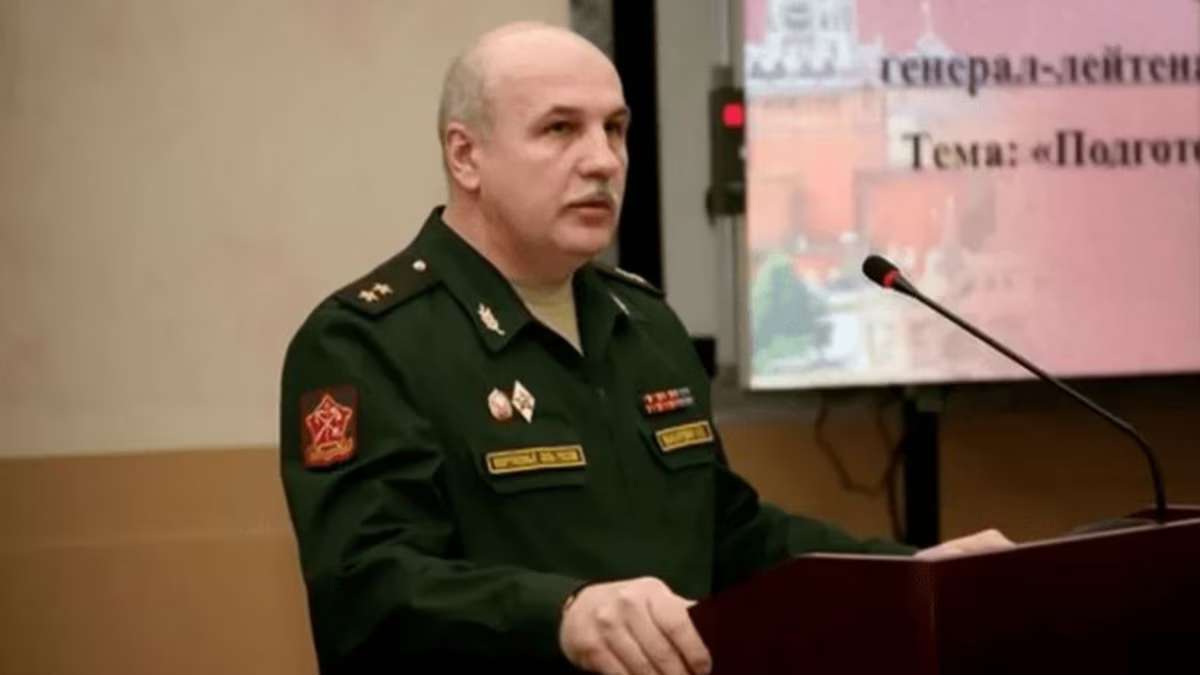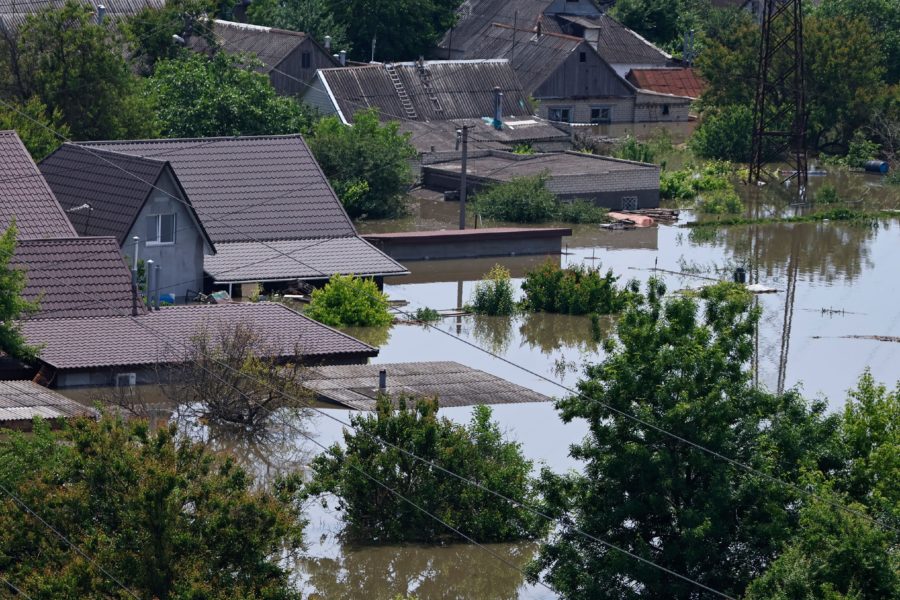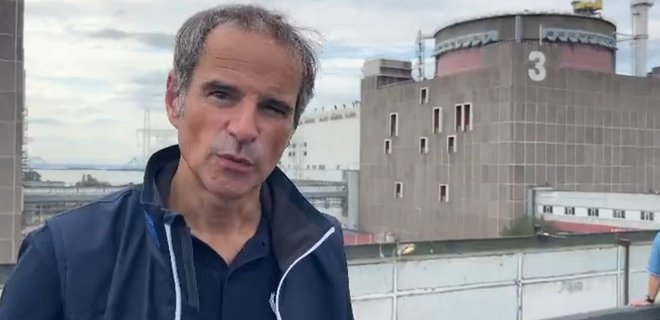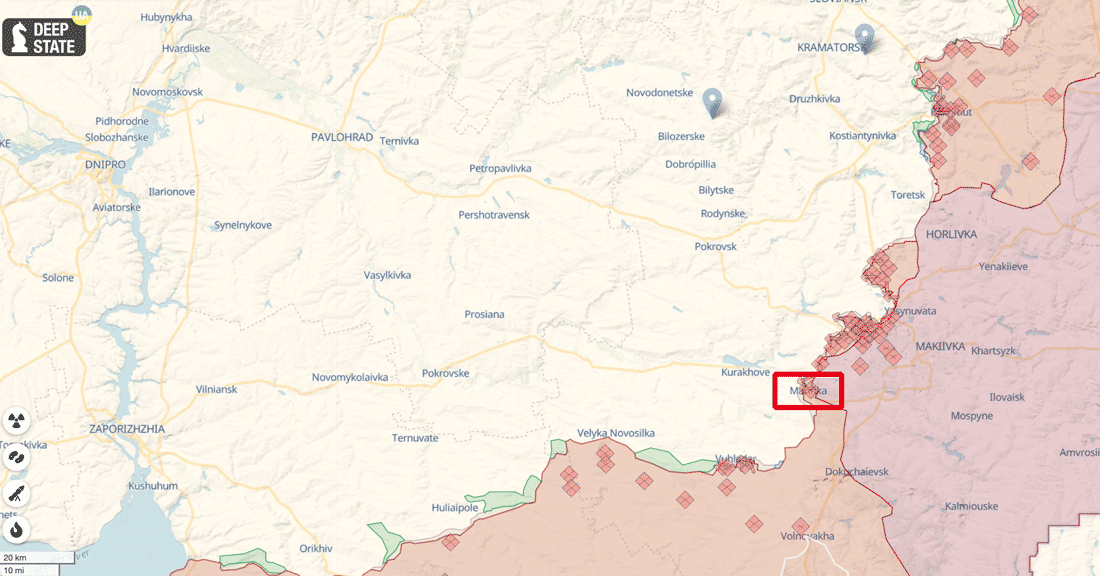Ukraine has accused a Russian general of ordering the catastrophic blast at the Kakhovka hydroelectric power plant dam last June, according to a report from the Security Service of Ukraine (SBU) on 6 June 2024.
The SBU stated that General Oleg Makarevich, commander of the Dnepr group of Russian forces, gave the order to blow up the Kakhovka dam on the night of June 5-6, 2023.
"As a result of this crime, critical infrastructure facilities were completely destroyed, leading to the death of at least 35 people, the flooding of 46 settlements in Kherson Oblast, and the partial flooding of 20 settlements in Mykolaiv Oblast," the report said.
It added that the dam's destruction partially disrupted water supply to Kherson, Mykolaiv, and Dnipropetrovsk Oblasts, as well as Russian-occupied Crimea. "In particular, it created a threat to the technical maintenance of the Zaporizhzhia Nuclear Power Plant, by disrupting the functioning of the plant's cooling system," the SBU emphasized.
Based on the evidence gathered by the SBU and the Prosecutor General's Office, Makarevich has been charged under Part 2 of Article 28 and Part 2 of Article 438 of the Criminal Code of Ukraine (violation of the laws and customs of war, combined with premeditated murder, committed by prior conspiracy by a group of persons).
Kakhovka dam destruction
On 6 June 2023, Russian occupying forces blew up the dam, leading to the evacuation of residents from dangerous areas in Kherson Oblast. The emergency situation affected 180 settlements in Kherson, Dnipropetrovsk, and Mykolaiv Oblasts, with a total population of nearly 900,000 people.
Evacuation from the occupied territories was rarely conducted, with volunteers conducting evacuation missions. Moreover, the Russian occupiers sealed off flooded regions.
The dam's destruction, the downstream flow of the Dnipro River, and the subsequent shallowing of the river threatened Dnipropetrovsk, Zaporizhzhia, and Kherson Oblasts with severe environmental and economic consequences. Almost 700,000 Ukrainians were left without access to drinking water, prompting the delivery of 148,000 tons of drinking and technical water to the emergency zone.
According to the Ministry of Internal Affairs, as a result of the flood, 18 people died on Ukrainian-controlled territory and over 30 went missing.
Reports from the Russian-occupied bank of Kherson Oblast mentioned dozens of victims.
Russia seized control of the main structure of the North Crimean Canal and the Kakhovka HPP on 24 February 2022.
In October 2022, Ukraine's Main Intelligence Directorate reported that the Russians had mined the Kakhovka HPP as early as April 2022, anticipating the rapid liberation of the right bank of Kherson Oblast by Ukrainian forces and preparing a series of terrorist attacks in the area.
Ukraine accused Russia of blowing up the dam to halt the Ukrainian counteroffensive. Meanwhile, Russia accused Ukraine of causing the flood. However, it did not explain how this was possible, given that the Russians controlled the dam at the time of its destruction.
Forbes analyst Volodymyr Dacenko provided seven reasons for why any version outside of Russia’s deliberate destruction of the Kakhovka dam on 6 June, resulting in immense flooding, should be discarded.
Related:
- No, the Kakhovka dam could not have collapsed on its own
- Russia’s destruction of Kakhovka dam: five blows to economy, environment of world and Ukraine
- Evidence suggests Russia destroyed Kakhovka dam from within – NYT
- Russian sabotage group blew up Kakhovka dam; it didn’t go as planned, SBU intercept alleges
- Kakhovka dam breach: Hundreds of Ukrainians drown as Russia prevents evacuation, seals off flooded towns
- Kakhovka dam flood: volunteers continue rescue mission, Russian occupation authorities steal their boats, aid




